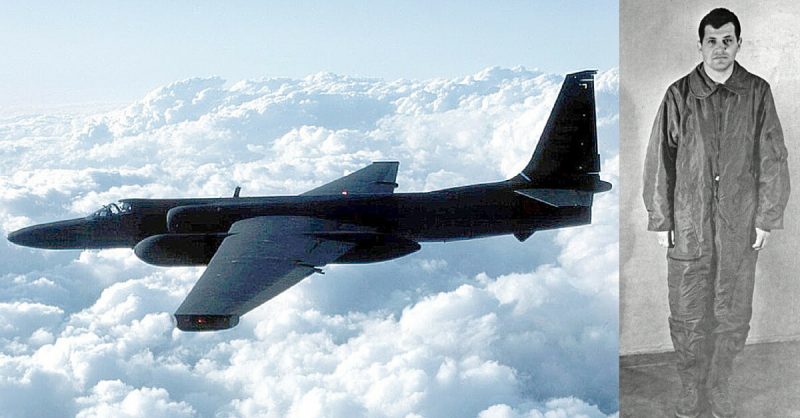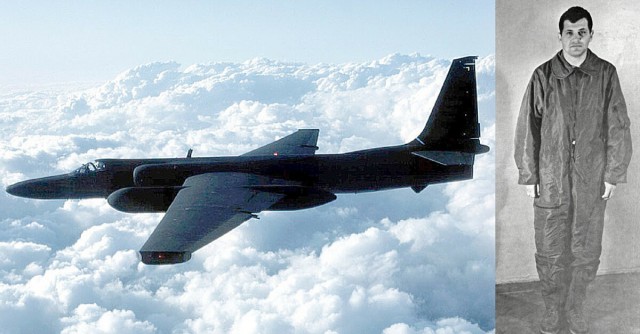Gary Powers became (in)famous as the American spy-plane pilot who was shot down by the Russians, in 1960.
In 1957, American President Dwight D. Eisenhower requested permission from the Pakistan government to fly Lockheed U2 aircraft from a top-secret intelligence facility that America would construct there.
Eisenhower’s plan was to use British Royal Air Force pilots to fly covert surveillance missions over Russia, so that if one of the aircraft were shot down he could claim that his government was not aware of the mission.
Permission was granted, and an intelligence facility was built 10 miles from Peshawar. Two successful flights, with British pilots, took place, and early in 1960 Eisenhower decided to authorise two more, this time using American pilots.
Powers was discharged from the Air Force in 1956 with the rank of captain. He then joined the CIA’s U-2 program at the civilian grade of GS-12.
On 1st May 1960, Gary Powers took off and headed for Russian airspace. He was detected by the Russians, but the U2 was flying at an altitude of 70,000 feet, and Russian intercept aircraft were unable to reach it. The order was given to launch ground to air missiles.
Powers’ U-2 plane was hit by the first missile fired. A total of eight were launched; one of which hit a MiG-19 jet fighter which was sent to intercept the U-2 but could not reach a high enough altitude. Its pilot, Sergei Safronov, ejected but died of his injuries.
Powers bailed out, landed on safely landed by parachute and was quickly captured. The American government initially denied all knowledge of a spy mission, claiming that Powers was researching high altitude wind currents for NASA. What CIA officials did not realize was that the plane crashed almost fully intact, and the Soviets recovered its equipment.
Eventually, on 10th May, an American announcement confirmed that Powers was on an espionage mission. The Pakistan government announced that it had not been aware of the mission’s true purpose.
Powers was tried and convicted. He was sentenced to 3 years in a Russian prison and seven in a labour camp. Throughout his trial he appeared to cooperate with the court, pleading guilty to the espionage charge.
He was eventually exchanged for a Russian spy who was being held in America. The exchange took place on the Glienecke Bridge between East and West Berlin – an event that is portrayed in the 2015 film ‘Bridge of Spies’, starring Tom Hanks.
Powers was free, but he did not return to a hero’s welcome. Many Americans thought he had betrayed his country during his trial. They felt he should have committed suicide when he was first captured. The CIA published a report, saying that Powers acted honourably, and in accordance with his instructions, but the taint never entirely left him. He became a test pilot for Lockheed but was fired in 1970, the year that his account of his capture was published in book form.
Gary Powers ended up flying a TV news station helicopter. He died in 1977 when his aircraft crashed as he returned from covering a story.

